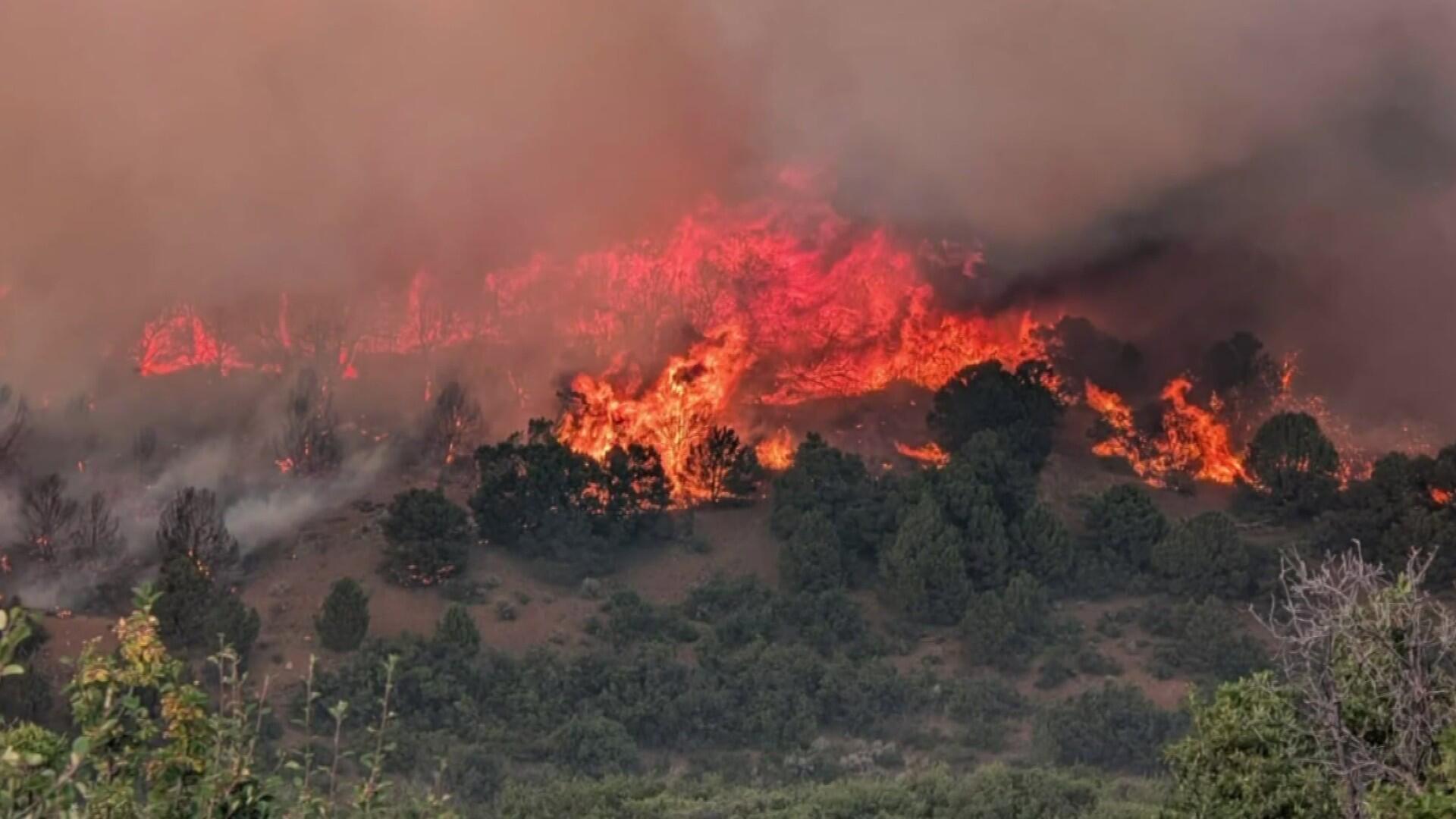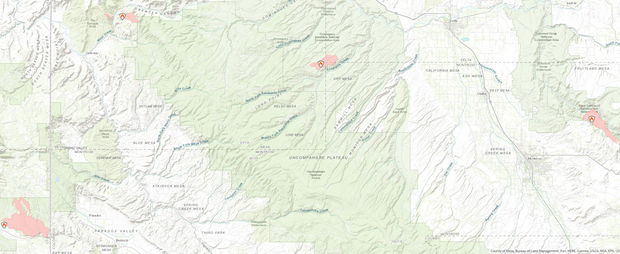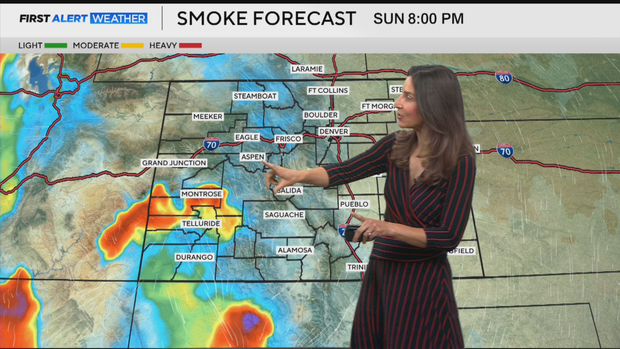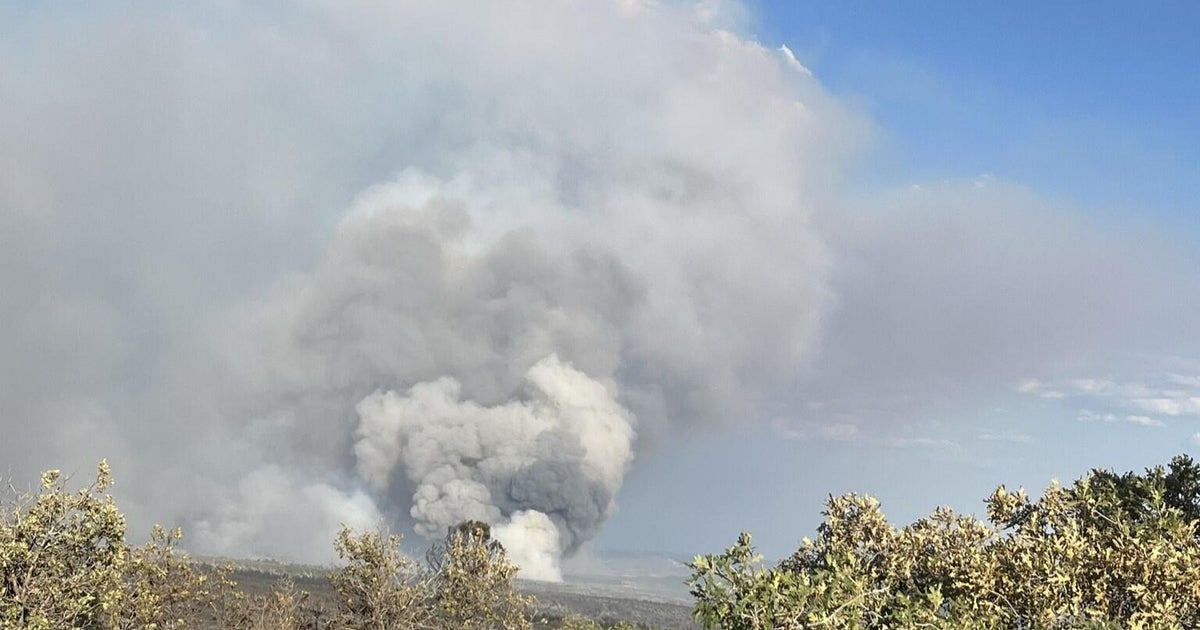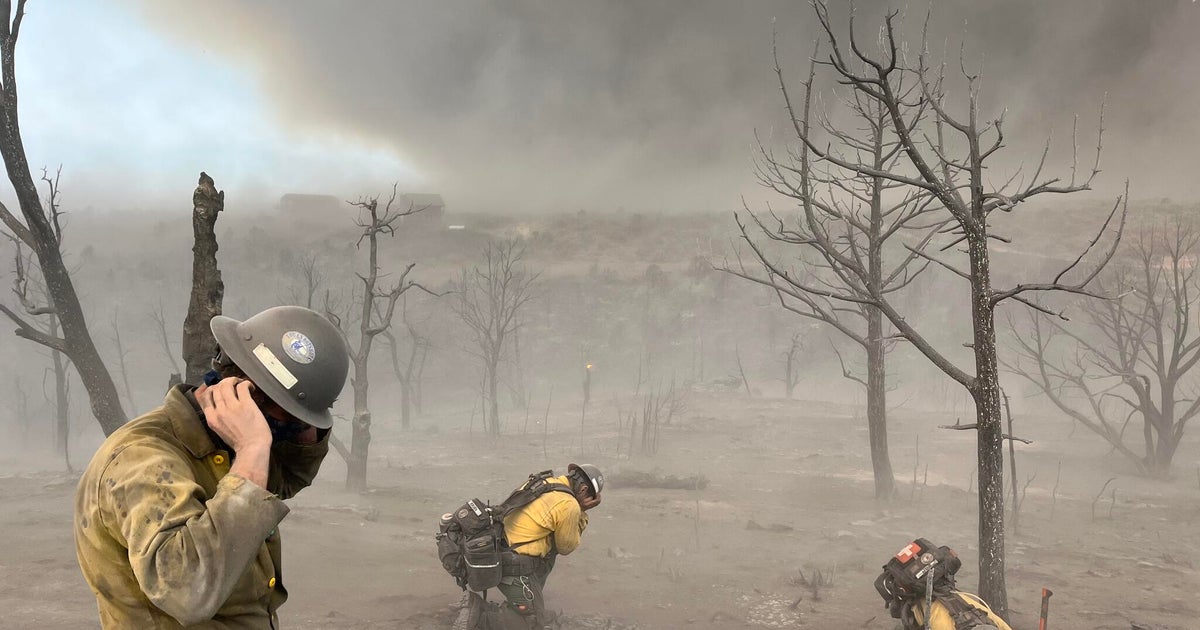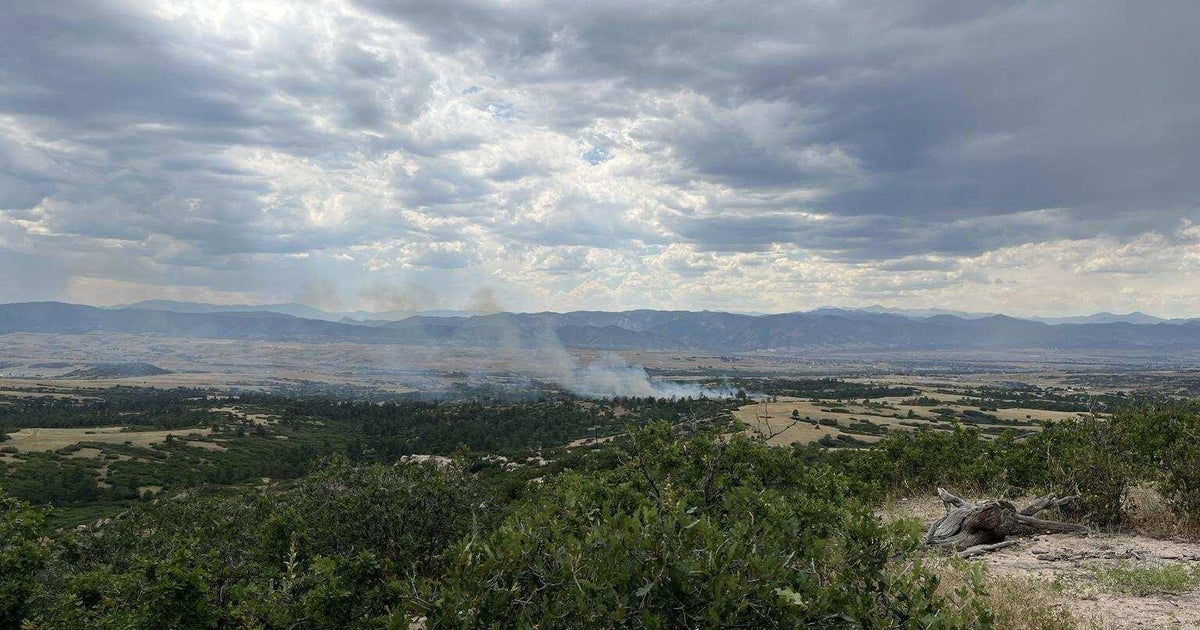Colorado Gov. Jared Polis issues disaster declaration for four Western Slope fires and one in eastern Utah
Several uncontained fires on Colorado's Western Slope and an even larger one in eastern Utah approaching Colorado prompted Colorado Gov. Jared Polis to issue a disaster declaration on Sunday.
Those fires varied in size but have already forced several evacuations and pre-evacuation notices, closed Black Canyon of the Gunnison National Park, and the Deer Creek Fire in eastern Utah -- at almost 9,000 acres -- has already destroyed at least five buildings.
The fires in question also include the Sowbelly Fire at 2,251 acres, the South Rim Fire at 3,633 acres, the Wright Draw Fire at 235 acres, and the Turner Gulch Fire at 936 acres, as of Sunday night, all having grown since morning.
"With the disaster declaration, the State Emergency Operations and Resource Mobilization Plans are activated and the Colorado Division of Homeland Security and Emergency Management (DHSEM) coordinates the state response through management of the State Emergency Operations Center and deployment of field operations staff to directly support county emergency managers with consequence management," a spokesperson for the Governor's Office said in a statement.
The fires in Colorado all stem from one weather event, that spokesperson said, and fire officials say all the fires in western Colorado were caused by lightning. The cause of the fire in Utah is still under investigation, officials there say.
CBS News Colorado meteorologist Callie Zanandrie said Sunday morning that those areas should expect heavy smoke through Sunday evening and that smoke could be blown as far north as Interstate 70 and as far east as Interstate 25. It could even blow into the Denver metro area by Monday morning.
"We will see that smoke intensify as we head into this evening," she said on Sunday. "Going into the start of your work week, we're definitely going to expect some hazy and smoky conditions.
CBS News Colorado meteorologist Joe Ruch said on Saturday, drought-like heat and dryness, low humidity, and gusty winds were helping spread the fire, while the terrain is complicating efforts from fire crews.
"That is severe to extreme drought conditions, and that will take a lot of rain to make up," Ruch said of the impacted areas. "This is really the leading cause of all these fire concerns that we are seeing."
"The mountainous terrain makes it very tough for the firefighting officials," he continued.
As of Sunday afternoon, no deaths or injuries were reported as a result of these fires.
You can see a list of active wildfires in the U.S. here.
